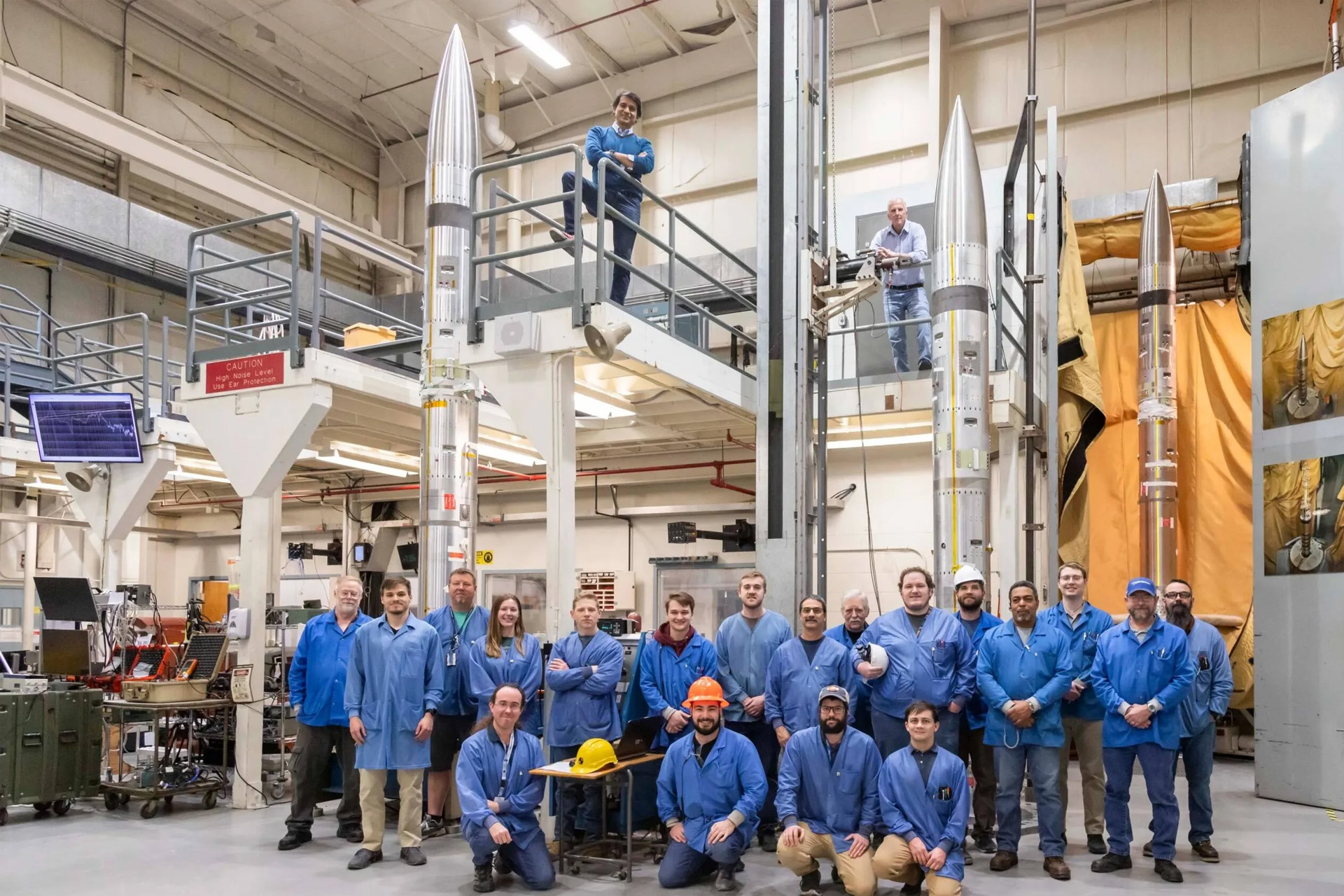The scientific team responsible for launching 3 space rockets on the day of the solar eclipse next week (NASA)
NASA engineers are seeking to take advantage of the eclipse occurring on April 8, which will be a total solar eclipse covering large areas of the United States, Canada and Mexico, and to launch rockets directly into the moon's shadow at the moment of the eclipse.
These launches serve several very important scientific purposes, including understanding how a sudden decrease in sunlight affects the Earth's atmosphere; The rapid transition from day to night leads to a significant drop in temperatures. The effect of the eclipse on the ionosphere, which is the boundary between the upper and lower atmosphere of the Earth, is also studied, and is still ambiguous in many details.
The ionosphere (located at an altitude between 90 and 500 kilometers above sea level) is regularly affected by the sun's ultraviolet rays, and a specific reaction occurs that forces the electrons to be liberated from the atoms, resulting in a huge group of electrically charged particles that also work to expand the Earth's upper atmosphere. .
A study likened the ionosphere to a stable pool of water, and the eclipse is like a boat moving in the middle of this pool (NASA)
In a study conducted in 2023, Aroh Bargatia, professor of engineering and physics at Embry-Riddle Aeronautical University, points out an analogy in which he compares the ionosphere to a stable pond of water, and that the eclipse is like a boat moving in the middle of this pond.
As the boat moves through the water, it leaves traces and disturbances behind it, and this is exactly what happens when the moon’s shadow falls on the Earth’s atmosphere with the activity of ions and charged particles. Because of these disturbances, some temporary fluctuations occur that return to stability when the boat stops moving, or when the eclipse ends.
Therefore, NASA scientists are making every effort to collect all possible data related to these disturbances in the “ionosphere”, which can cause the disruption of many satellites and radio communications.
Bargatya and his colleagues will conduct Atmospheric Perturbations Around the Eclipse Path (APEP) rocket launches from NASA's Walpos Flight Facility on Walpos Island. Although the eclipse will block only 81.4% of the sunlight from above the facility, the team hopes to obtain the best numbers and data possible.
The endeavors of this experiment are a continuation of a similar experiment conducted during a partial eclipse last October, when up to 90% of sunlight was blocked, and the results at that time confirmed the possibility of the eclipse significantly affecting communications systems.
The space rockets will fly at three different times: one 45 minutes before the eclipse, the second during the eclipse, and the last will be launched 45 minutes after the eclipse reaches its peak. These time intervals are important for collecting data on how the sudden disappearance of the Sun affects the ionosphere.
What makes the matter even more important is that such an eclipse will not occur in the skies of this region until the year 2044, and this is what urges scientists to seize the opportunity to the fullest.
Source: Al Jazeera + websites

